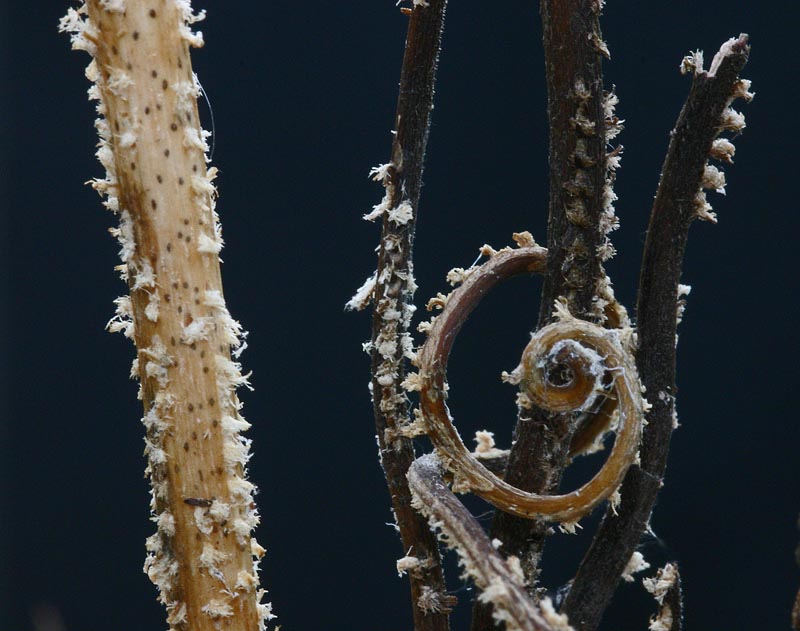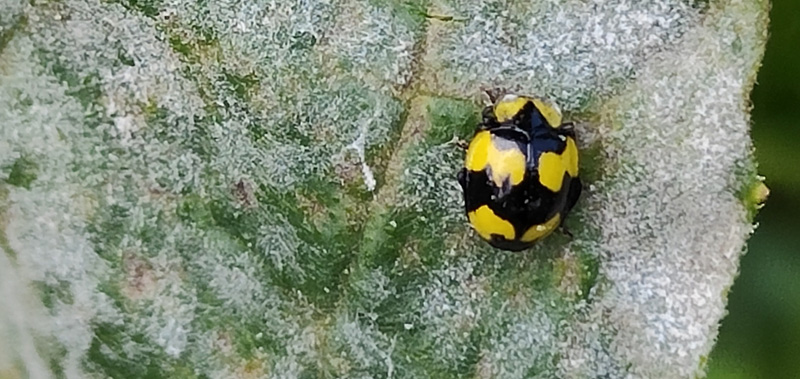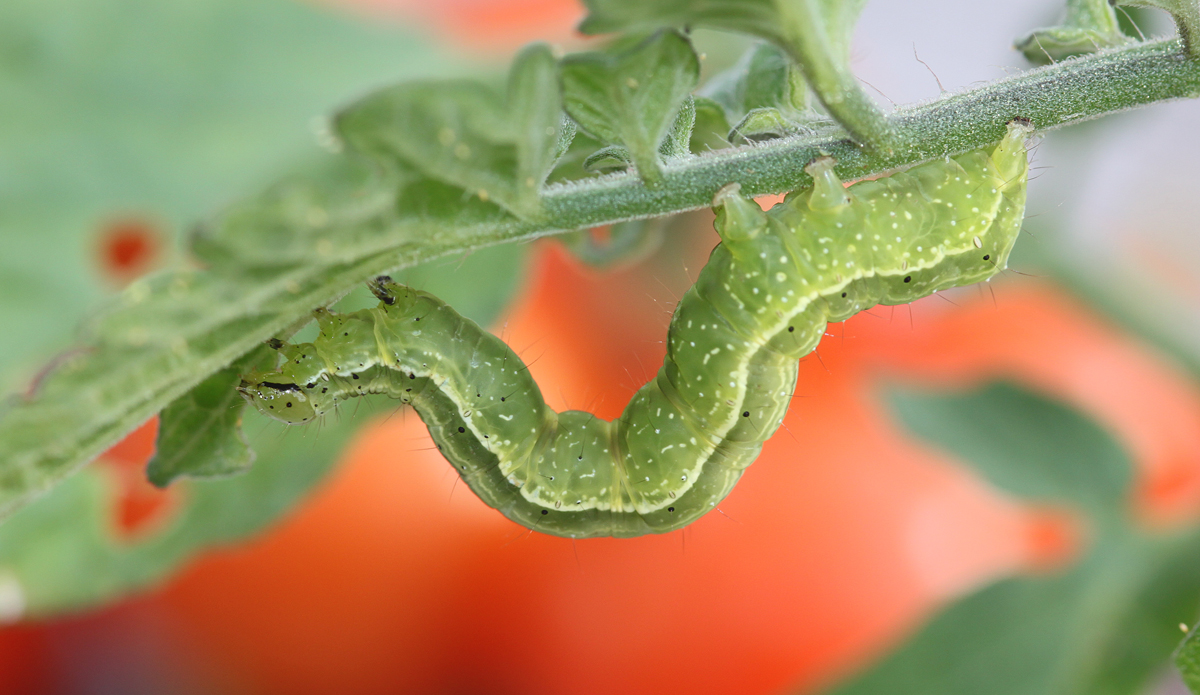I’m proud of Jack. His gardening skills are increasing, with useful observations every day. Last week it was Passionvine hoppers, and they are indeed showing an upward trend.
The window for control ceased in Spring (spraying the tiny fluffy bums with a simple fly spray) but for now there is little you can do until March/April, when you look for the distinctive egg patterns laid on thin, woody twigs by adult female hoppers:

In Autumn cut off those dead and dying twiglets with eggs and burn them in the fireplace. Saves you from a heap of fluffybums being born next spring.
Something many gardeners don’t often see early enough is the beginning of Powdery Mildew. White powdery fungal deposits on leaves of cucumbers, pumpkin, squash, oak trees, hydrangeas, beans, grapes, apples, pears, rose – it’s on a lot of different plants.
Most gardeners find the symptoms too late. If you keep your eyes open you can find it starting right now in small patches on the leaves.
The cause: long-term moisture on surfaces of leaves/plants or a dry spell followed by relative humidity and dew.
For instance, when you have warm days and cool nights, you get dew, condensation!
The name says it all: “Powdery Mildew”. The small white patches are a dead give-away, and so is the presence of characteristic black-and-yellow ladybird beetles – they spread the fungal spores around.

Preventative control: spray with Yates Natures Way Fungal spray (a mix of Copper and Sulphur that stops further spread).
And then there are caterpillars (the juvenile stage of butterflies and moths).
Up North the Fall Armyworm is invading the paddocks and vegetable gardens; in your cabbage patch the larva of white butterfly is having a go. In my tunnel house, the tomato fruitworm and green loopers plus a dash of other cutworms damage all sorts of crops and ornamentals.

Luckily, we now have a few rather good and safe insecticides that will deal to caterpillars: Yates Success ULTRA is not toxic to beneficial creatures that naturally control caterpillars and other pests. It is also usable on edible crops.
A new group is Diamide Insecticides such as Chlorantraniliprole. Lawn Grub Control, Turf Insecticides or Leafroller and Codling Moth sprays (Altacor).
But the most important thing to do NOW is keeping your eyes open in the garden!
LISTEN ABOVE
Take your Radio, Podcasts and Music with you










